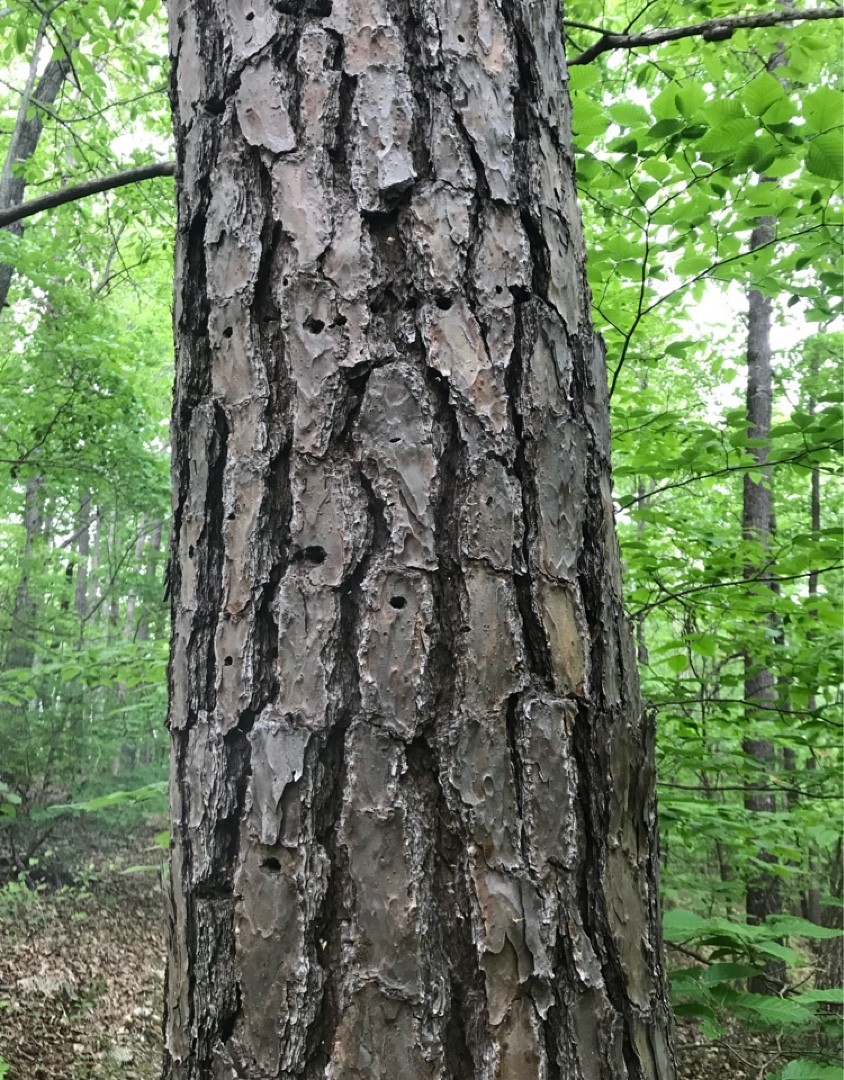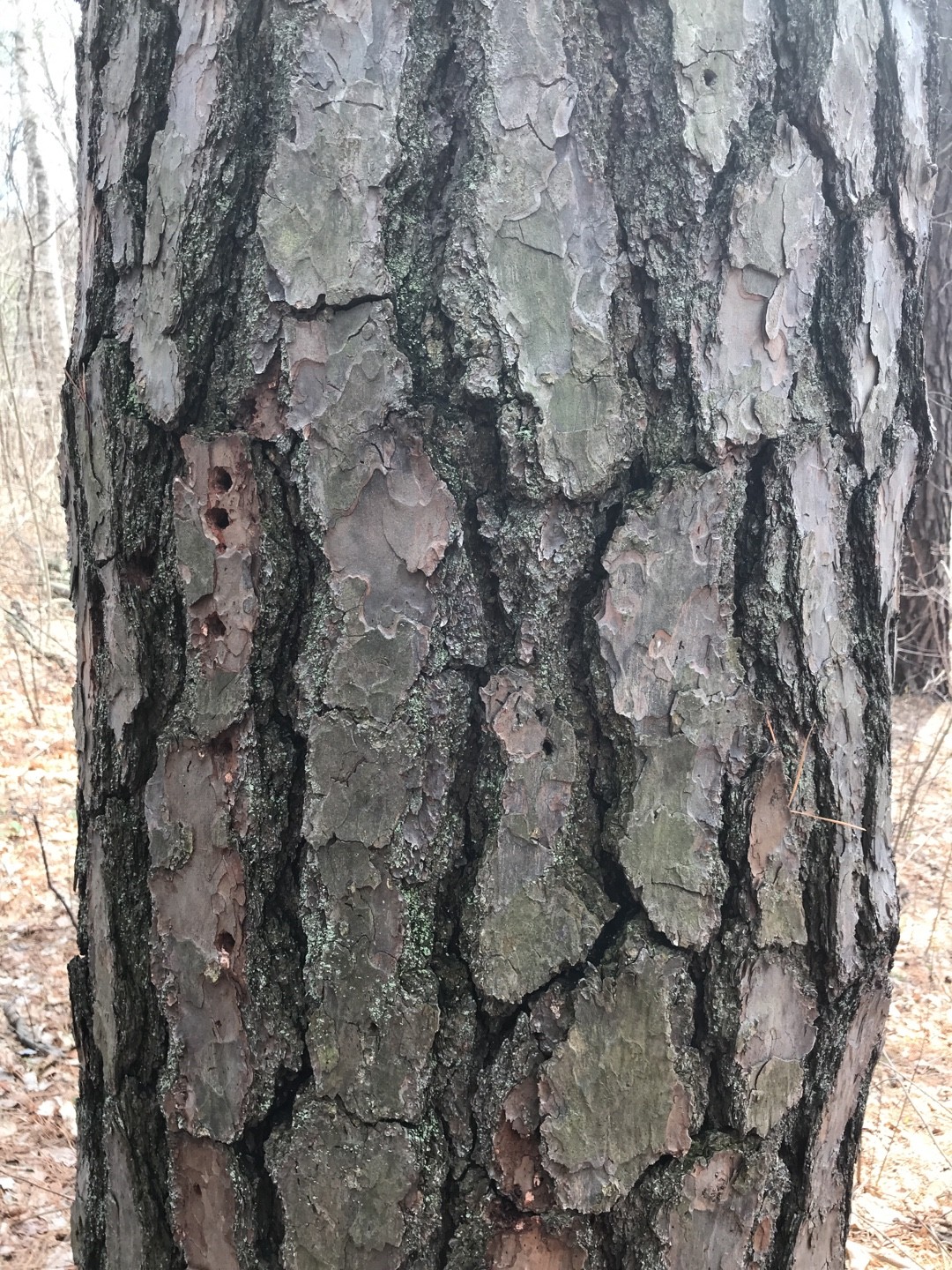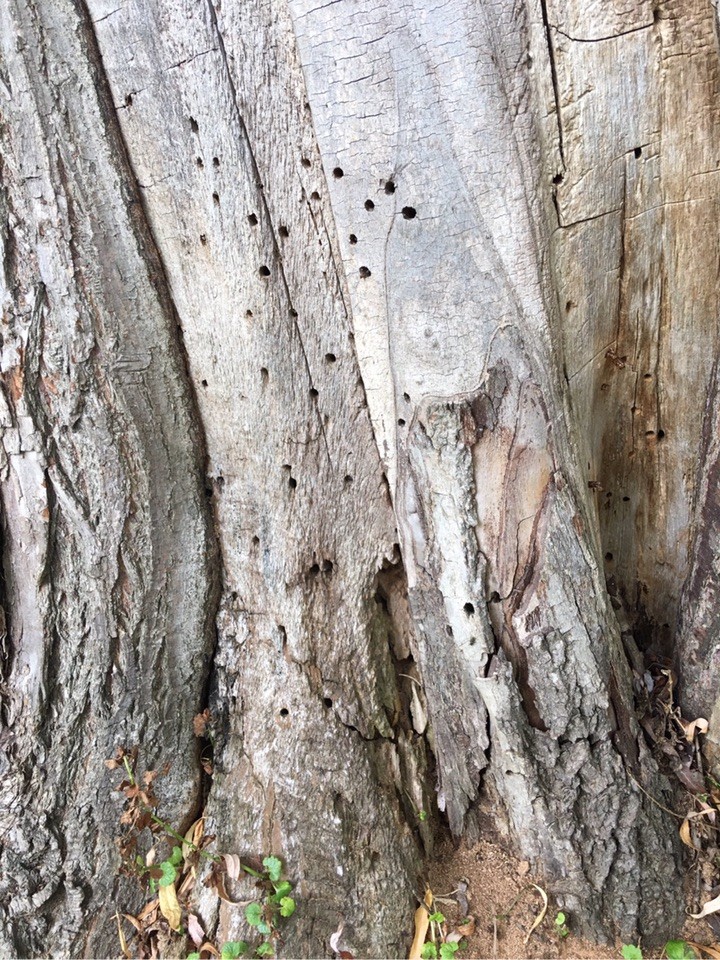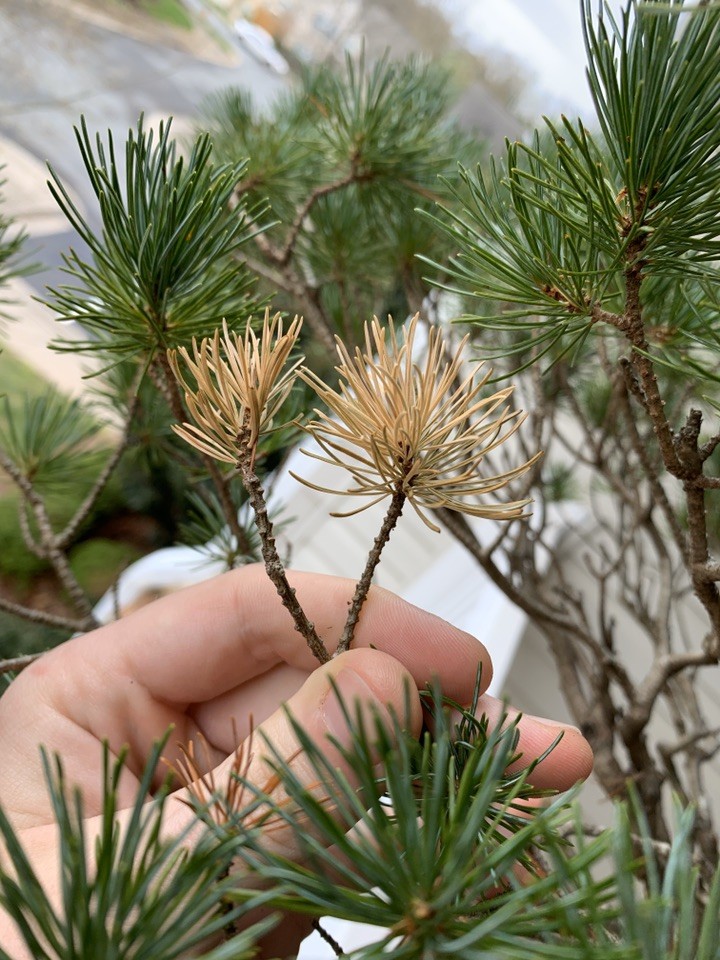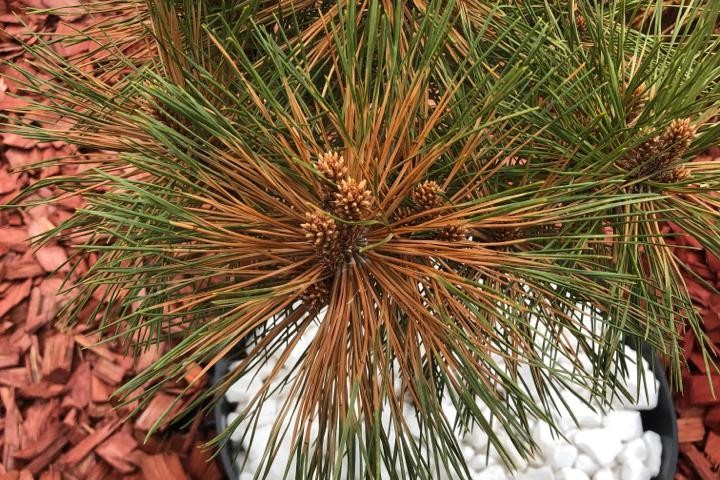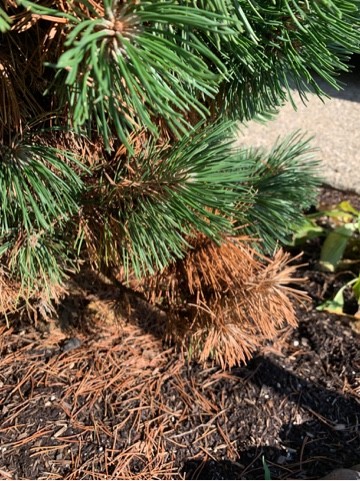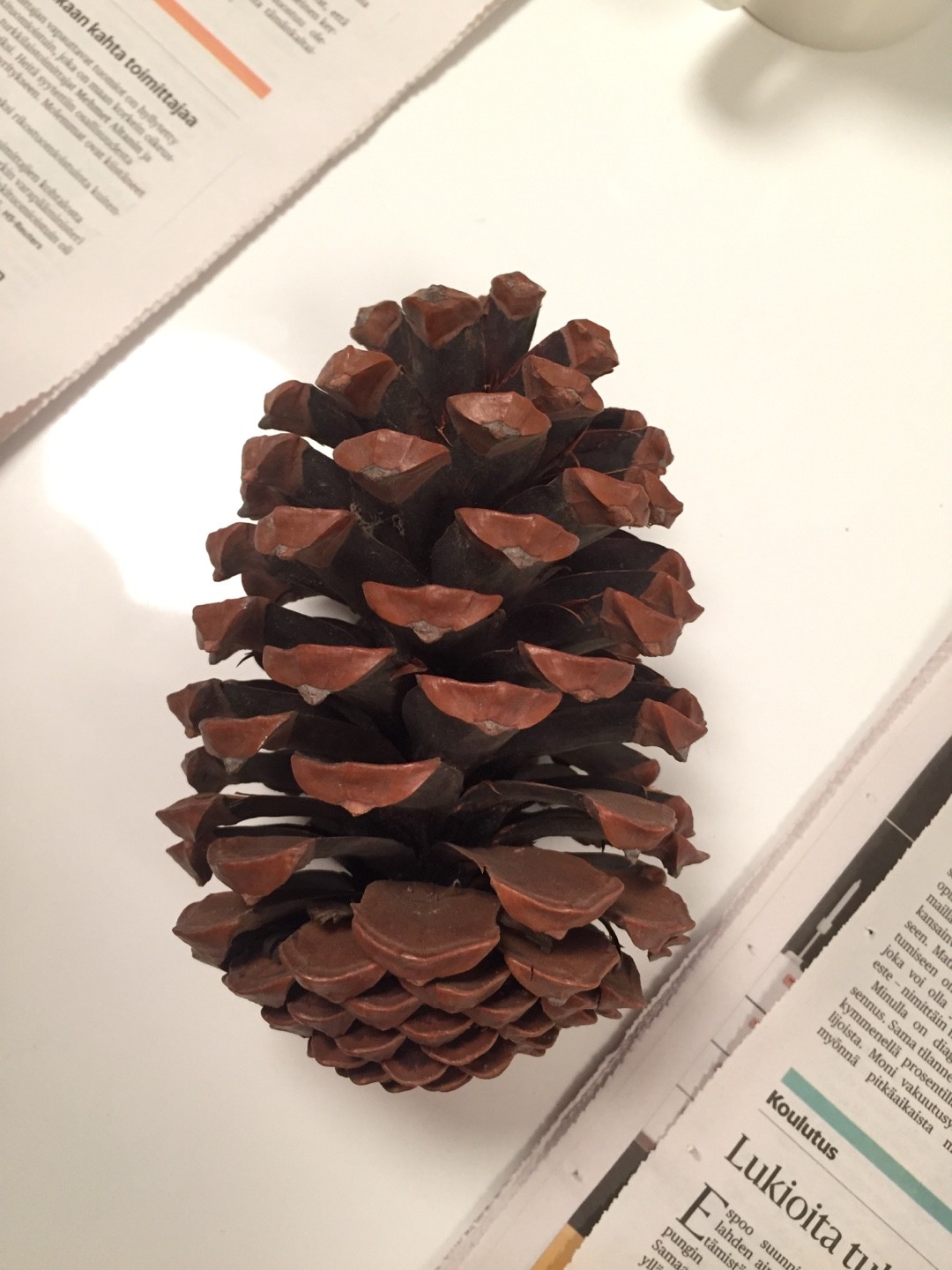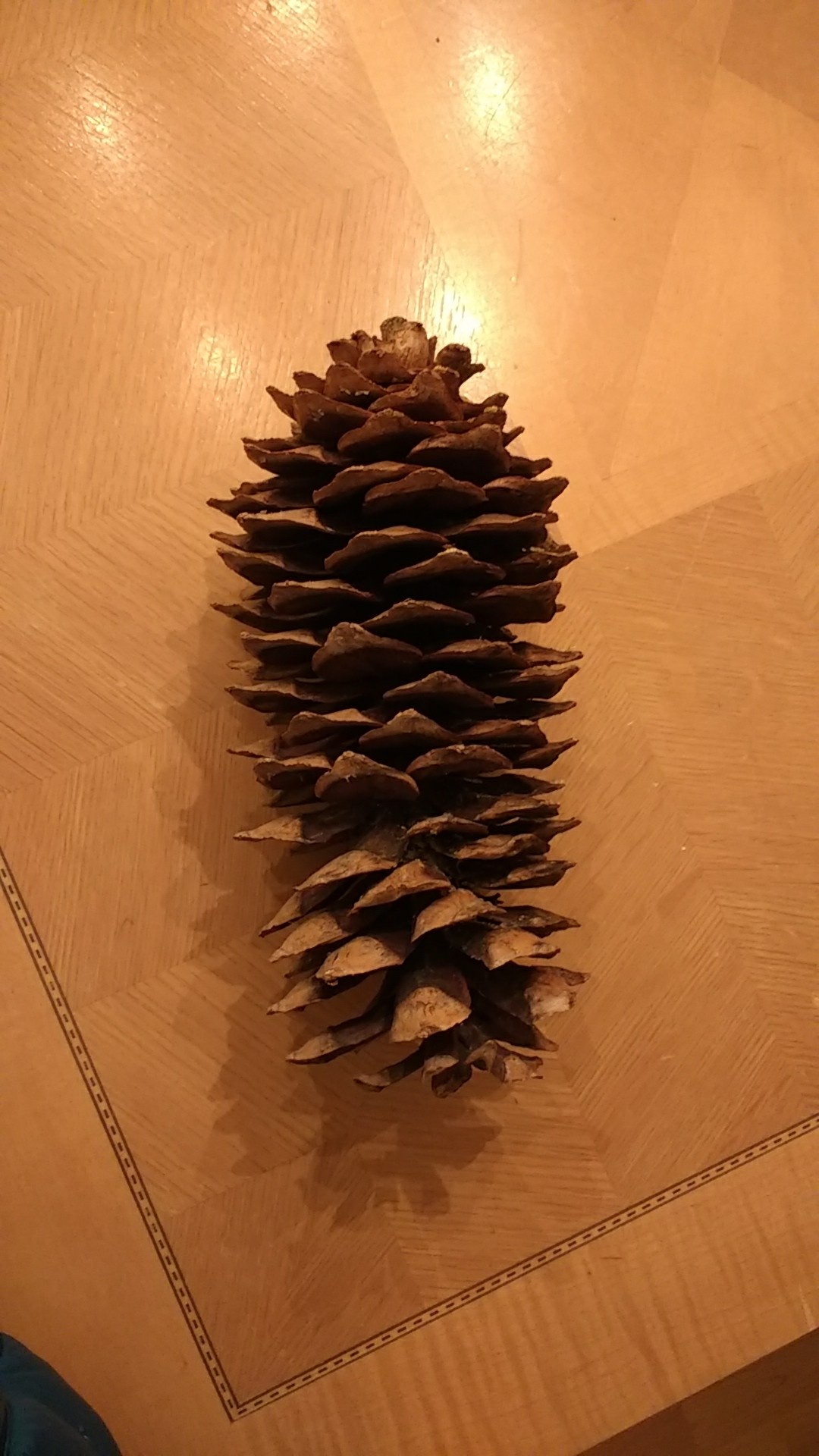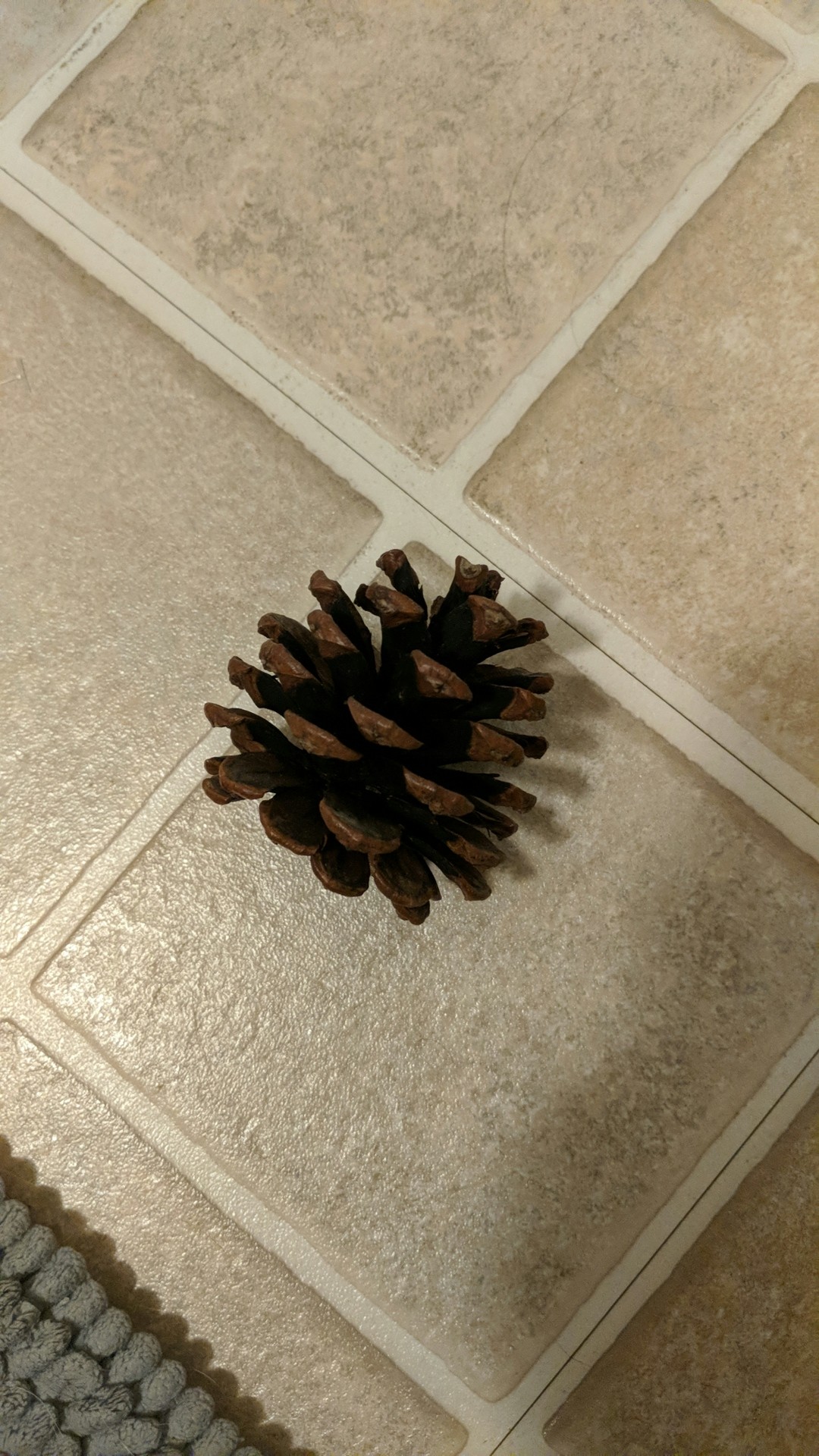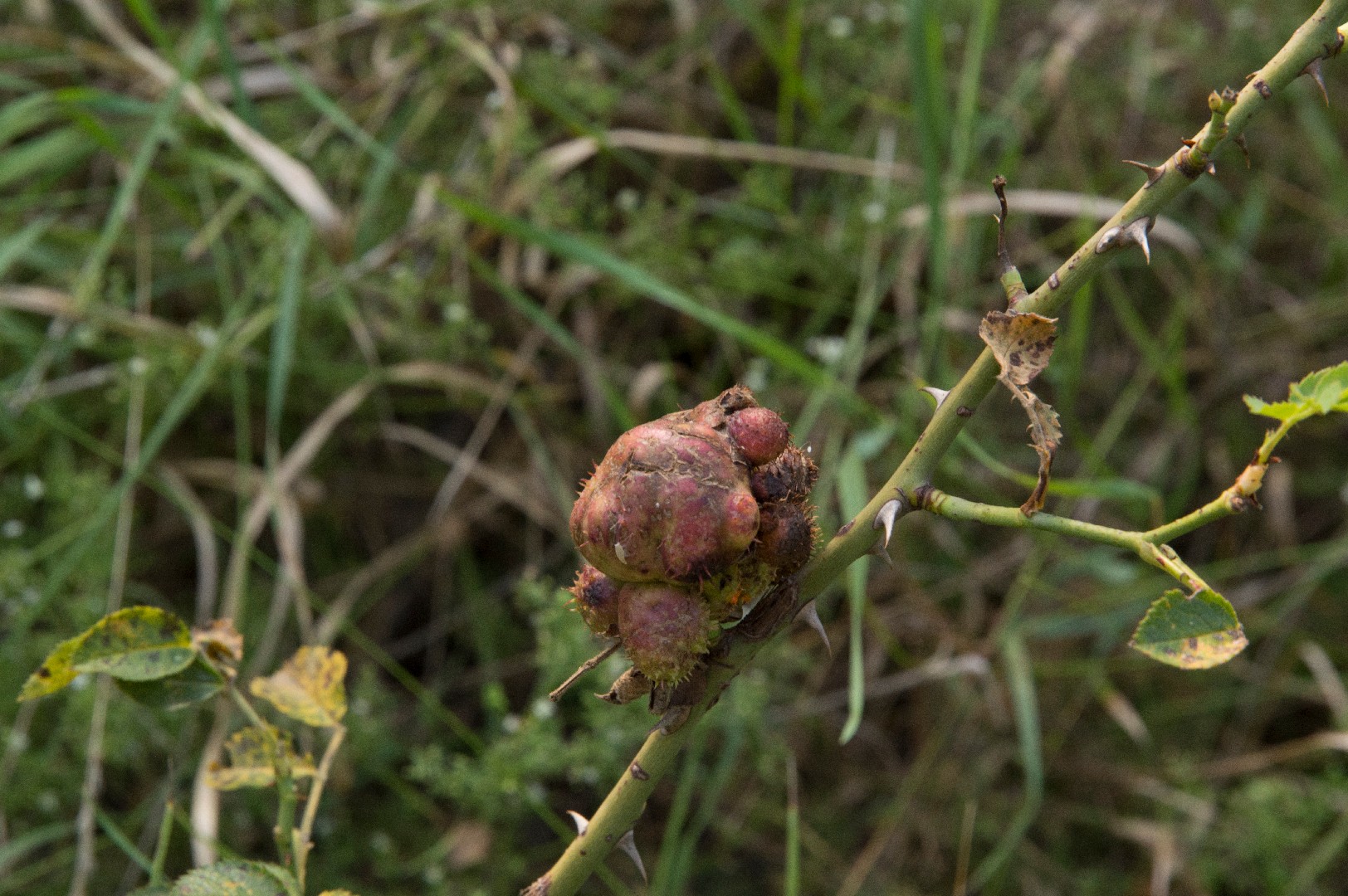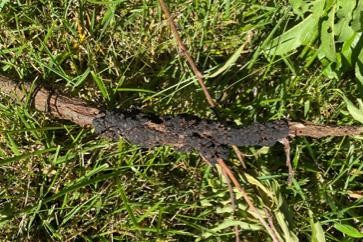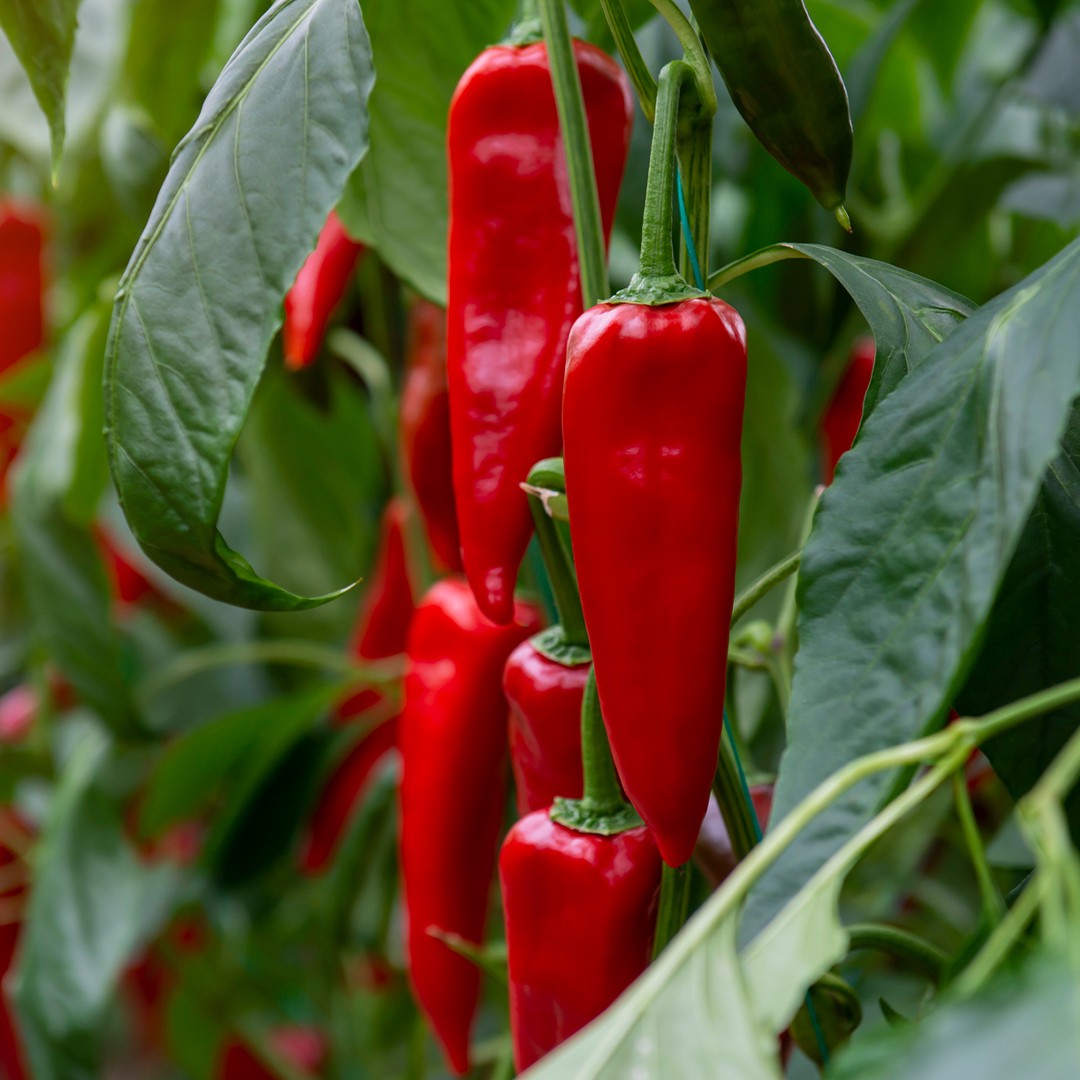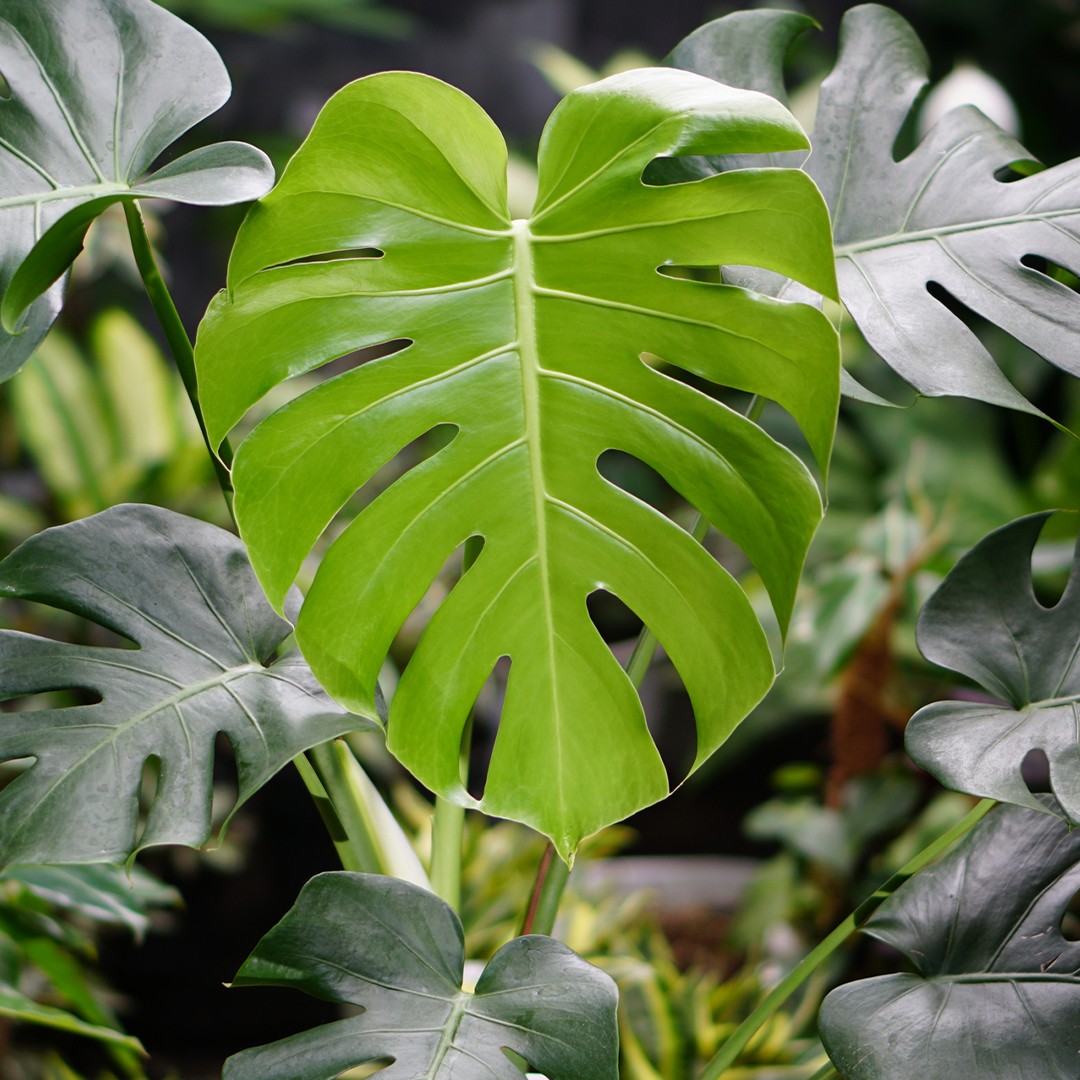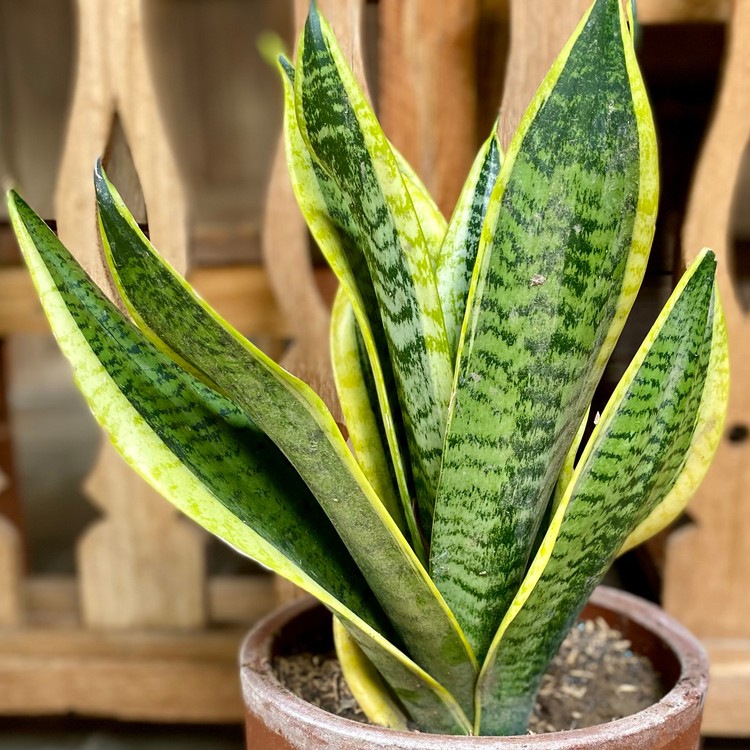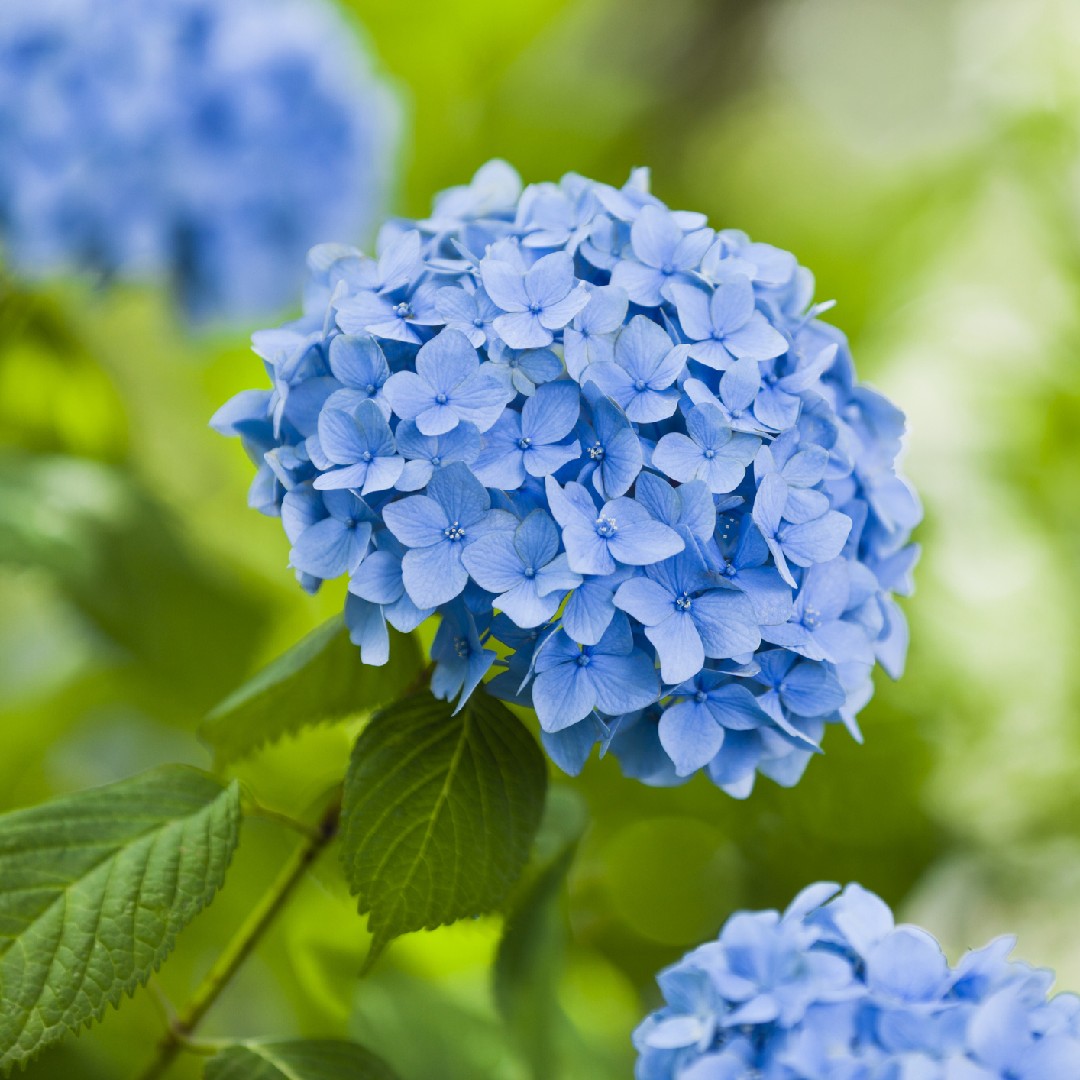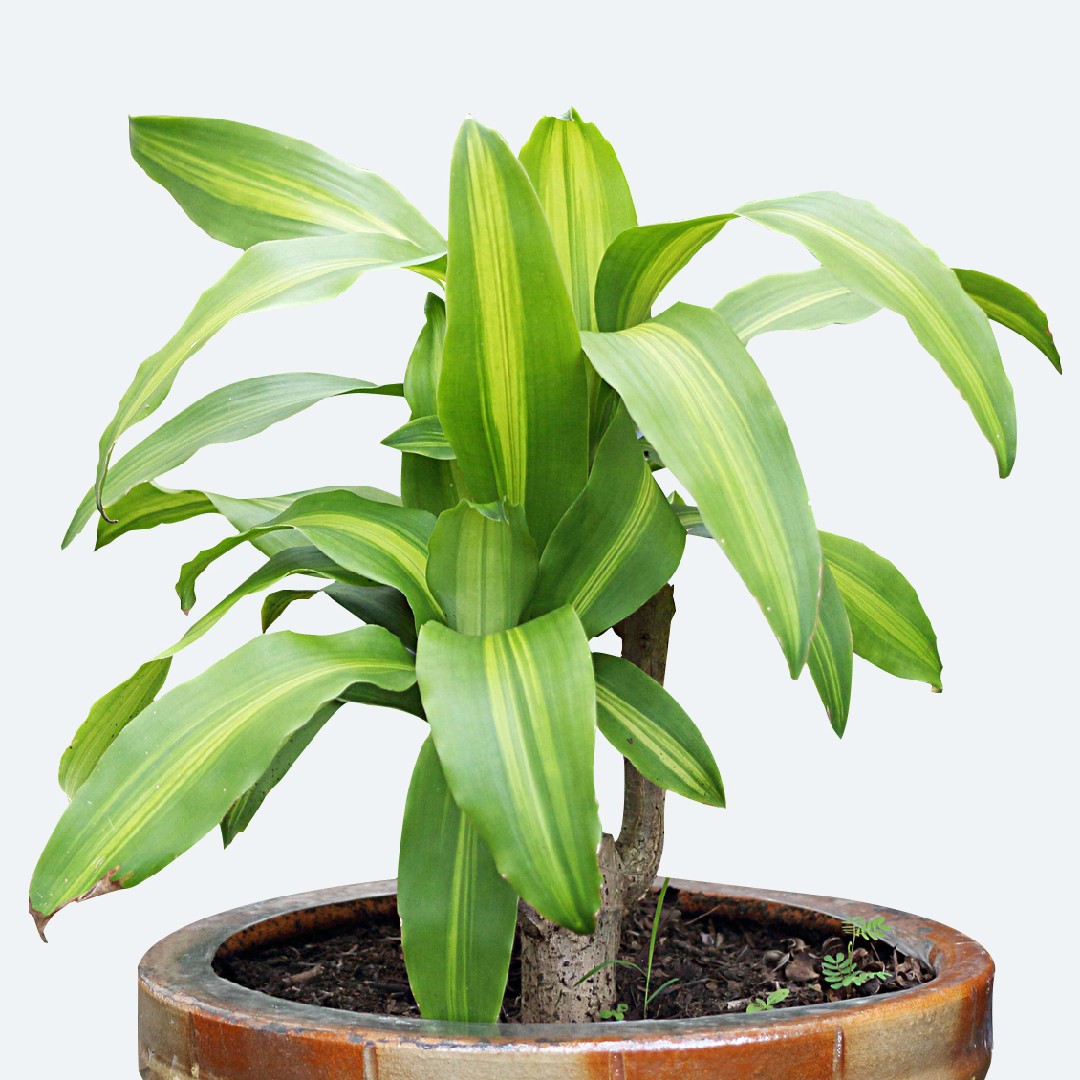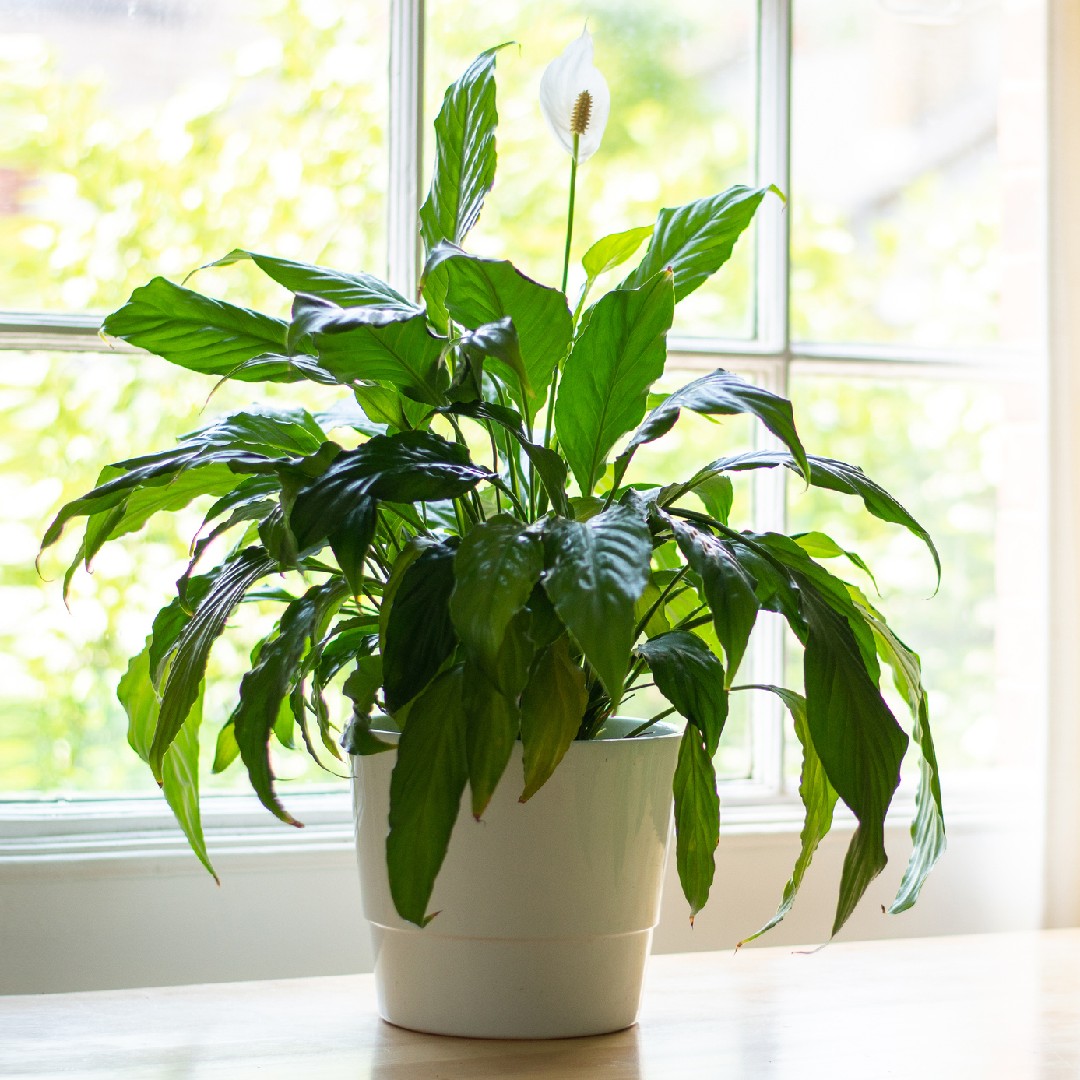What is the best way to water my Balkan pine?
If you decide to water your Balkan pine, you will be happy to find that it is a straightforward task. One of the easiest ways to water this tree is by simply turning on your garden hose and using it to soak the soil slowly. Your garden hose is the ideal watering tool to use for mature Balkan pine trees, as large specimens may need a high volume of water during each watering. However, for smaller trees, you may get by by using a watering can or some other smaller watering tool. Also, you should try to avoid overhead watering as excessive moisture on this plant’s leaves can lead to disease, especially when the tree is young.
![more]()
What should I do if I water my Balkan pine too much or too little?
At times, overwatering can be the result of poor soils. Mainly, if the soil in which your Balkan pine grows does not allow water to drain effectively, the plant will likely begin to decline. If this is the case, you should either amend the soil to improve its drainage characteristics or transplant your Balkan pine to a more favorable growing location. If you grow your Balkan pine in a pot, this can also mean you may need to repot your plant with looser soils in a container that allows for better drainage. An overwatered plant may also contract diseases, which you should try to treat immediately. For an underwatered Balkan pine, the remedy is quite simple. Begin watering more often, and soon your plant will bounce back and return to full health. The easiest way to tell if you have overwatered your Balkan pine is to observe the plant’s foliage. Specifically, looking at the new growth will give the clearest sign of whether this plant suffers from too much moisture. An overwatered Balkan pine may produce new growth, but that new growth may be discolored or prone to easy breakage. Another sign that the soil for your Balkan pine is too moist is if you notice standing water or that water is not draining quickly in your plant’s growing area. Underwatered Balkan pine trees will also have symptoms present in the foliage. In this case, the leaves may become sparse, brown. Usually, Balkan pine can grow well with rainfulls. If you see such symptoms on your plant, you should consider if there has been too much rain recently or constantly high temperatures, which will help you to make the correct judgment.
![more]()
How often should I water my Balkan pine?
A mature Balkan pine does not need much water at all. In most instances, this tree will become drought tolerant and survive off of nothing more than rainfall. At most, you’ll need to water this plant about once per week during the hottest months of the year, but during other seasons, you probably won’t need to water it at all. The exception to that rule is if you are dealing with a plant that has been newly planted. If that is the case, you should water regularly to maintain consistent soil moisture and help the roots establish themselves. With that said, the most important thing to remember when watering Balkan pine is that this species does not tolerate standing water. As such, when in doubt, you should err on the side of not watering your Balkan pine rather than risking watering it too much.
![more]()
How much water does my Balkan pine need?
The height of summer is one of the few times that you’ll need to water your Balkan pine. At that time of year, it is typical to give this plant about one inch of water per week. However, that amount can change depending on how much it has rained. If it has rained one inch or more that week, you won’t need to give any water to your Balkan pine.newly planted Balkan pine will need more water during the establishment period. Typically, this amounts to watering about once every one to two weeks for the first few growing seasons.
![more]()
How should I water my Balkan pine through the seasons?
The Balkan pine tree will need the most water during the summer months when the weather is the hottest. At that time, you should give this plant water about once per week in the absence of rainfall. During other times of the year, this plant will often survive with no water at all. In spring and fall, you might need to provide some water if the weather is exceptionally hot, but this is rare. Unlike many other plants, the Balkan pine does not enter full dormancy in winter, which means that it will continue growing, during the coldest months. Still, the water needs during winter will remain quite low as the cool temperatures will not cause the soil to dry out quickly..
![more]()
How should I water my Balkan pine at different growth stages?
Young Balkan pine trees need significantly more water than those that are established. A newly planted tree should receive water at least weekly to ensure that the soil remains moist to facilitate root development. After the first growing season, your Balkan pine should be well-adapted to its new growing location and should need much less water. At this time, you can begin following the standard instructions for watering this species, providing supplemental water about once per week during summer when it does not rain. Beyond that, there is no other time at which you’ll need to alter your watering habits based on the growth stages of the Balkan pine tree.
![more]()
What's the difference between watering Balkan pine indoors and outdoors?
It is far more common to grow the Balkan pine in an outdoor growing location. However, it is also possible to grow this plant indoors in a container. In that scenario, one gardener often raise the Balkan pine as the bonsai plant. Whether you grow this plant indoors or outdoors, you can expect its water needs to remain relatively similar. The one difference is that you may need to water an indoor Balkan pine tree a bit more. Indoor plants won’t have access to rainfall during the summer. Also, indoor areas are often much drier than outdoor growing locations, and the size of the pots limits the water-retainability, which can lead to higher water needs.
![more]()
Do I need to prune my Balkan pine?
Balkan pine, like most other evergreen trees, absolutely need to be pruned in order for them to grow as happy, healthy trees. Of course, there are lots of reasons that pruning is important, so we’ll talk about those in greater detail. Pruning opens up the inner canopy to airflow and sunlight. Without keeping these pathways open, the inner canopy will be starved of sunlight and air. Therefore, pruning your Balkan pine is not only advantageous, but it also weakens the impact of pests and infections by separating branches from one another. These benefits are far too easy to reap with Balkan pine to neglect them. Aside from keeping your Balkan pine happier and healthier, pruning just makes things look nice and tidy. Who doesn’t love a well-kept tree, anyway?
![more]()
When is the best time to prune my Balkan pine?
Balkan pine can be pruned at different times depending on whether they’re grown indoors or outdoors. For outdoor trees, pruning and trimming should be done when the tree is not actively growing; this generally falls under the colder months of winter, but can vary depending on where you live. However, if you’re growing your Balkan pine indoors, there are lots of different times of the year when it’s okay to trim lightly. For example, if you’re planning on trimming a bit off the top of just one or two smaller branches, then you can trim nearly anytime. For heavier pruning on indoor Balkan pine, it’s best to wait until those same colder months when outdoor Balkan pine wouldn’t normally be actively growing. Balkan pine should be pruned as needed. Typically, these trees should be pruned to remove any damaged, yellowing, dying, or dead foliage. It is also necessary to prune this plant to remove any shoots that are congested or are crossing.
![more]()
What should I do after pruning my Balkan pine?
In order to keep your Balkan pine growing strong, remove any branches or debris that landed at the base of the tree. Keeping the area clear can prevent weeds and underbrush from crowding out the tree, especially if it’s young. Another great tip is to use raw, organic honey to treat large open wounds on the Balkan pine where branches were trimmed. The use of honey prevents any pathogens or potential pests from making their way in. It’s also a good idea to water a little extra after pruning for a week or two. Providing them with a little extra water helps them build natural calluses over the exposed core faster, so they can get back to growing into large, Balkan pine!
![more]()
How can I prune my Balkan pine: tips and techniques?
While most of the Balkan pine won’t need to be pruned until they develop some substantial height, sometimes their branches get a little carried away in the wrong direction. This is why this part of the Balkan pine needs to be pruned in good time. Tools In order to prune your Balkan pine properly, you’ll need the proper pruning tools. While smaller plant shears and garden scissors may not cut it (pun intended), handheld clippers, pruners and loppers will certainly help out. For very tall branches that are out of safe reach, use a pole saw with the necessary safety equipment. It’s also a good idea to wear gloves while pruning to avoid any splinters or cuts in general. How to Prune To prune your Balkan pine, first cut away any dead, dying or diseased branches. Look for pests, irregular growth patterns, and brittle branches or leaves. Snip these off at the branch collar, where the branch intersection is, without scoring the main branch. Next, be on the lookout for extra long branches or leaves that may not be able to support a lot of weight. These branches or leaves will be too heavy and grow downwards, so this can be trimmed back if necessary. Try to find all of the branches that grow either directly up (that are not the primary trunk) and those that grow directly downward. These branches will become an issue because they can effectively block out light and air from inner branches. Trim these back to the branches they stem from as well. If there’s not much space within the canopy for light to reach the center of the tree, you can trim away some excess foliage to make windows for light to shine in.
![more]()
How much/long should Balkan pine get sunlight per day for healthy growth?
For healthy growth, make sure that Balkan pine receives at least 3–6 hours of sun each day. This is actually a minimum requirement—most plants that can handle part sun can also thrive in full sun, but because they require less light for photosynthesis, they are more flexible than plants that require full sun or part shade.
![more]()
What type of sunlight does Balkan pine need?
Balkan pine does best with exposure to full or part sun. They will perform best with direct morning light, but in summer they need protection from the strong afternoon sun. In temperate environments, too much hot afternoon sun can burn the leaves, damaging the plant's appearance and health.
![more]()
Can sunlight damage Balkan pine? How to protect Balkan pine from the sun and heat damage?
Balkan pine planted indoors can easily be damaged by direct sunlight when it's moved outdoors. The best way to prevent sunburns from overexposure is to move pots gradually from a shaded area to a brighter spot, gradually. But even plants that are acclimated to the summer sun can be damaged by extreme heat. In a heatwave, it is important to keep the soil consistently moist so that plants can cope with excessive levels of heat. Moving plants in containers to areas with afternoon shade or erecting a shade cloth over them can protect sensitive Balkan pine during extreme weather events.
![more]()
Does Balkan pine need to avoid sun exposure? / Should I protect Balkan pine from the sun?
While bright morning sun and some full sun exposure can be highly beneficial for Balkan pine, the harsh, hot midday sun of summer can be too much to handle. If planted in the ground, the summer sun will usually ramp up slowly enough through the season for Balkan pine to gradually adapt to its intensity. But a potted plant that has been indoors or in a protected location will often suffer injury when placed suddenly into a location where the direct summer sun reaches it in the hottest part of the day. To protect this plant from the brutal afternoon summer sun, plant or place it in an understory location where it is shaded at midday by taller trees and plants or by a building or landscape feature.
![more]()
What will happen if Balkan pine gets inadequate sunlight?
When Balkan pine receives too little sun, they may become pale green or display drooping, yellow leaves. While some leaf drop is normal, if leaves are dropping but no new ones are growing in to replace them, it is a sign that something is wrong. If Balkan pine receiving inadequate light does manage to grow, the new growth is often spindly, pale, and prone to insect infestation. Paying attention to these signs and changing the lighting conditions of the plant will make a significant difference.
![more]()
Does Balkan pine need special care about sunlight during its different growth stages?
Tender, new leaves are especially sensitive to sunburn. Bearing this in mind, very young Balkan pine and when it's in a strong growth phase, such as in late spring and early summer, will be more sensitive to harsh sun and heat than the mature one or those in a more dormant fall growth stage. Balkan pine fresh from a nursery is also usually not prepared for strong full sunlight and must be introduced to it slowly.
![more]()
Are there any cautions or tips for sunlight and Balkan pine?
Recently transplanted Balkan pine will often experience a bit of shock and will need to be cared for carefully, either shaded from bright afternoon sun or placed in a protected area. On very hot days, you may see the leaves of Balkan pine drooping—this is usually nothing to worry about. Plants will send the water in their leaves down into their roots to protect them from burning. However, if the leaves are still drooping in the evening or the next morning, the plant needs water. Always avoid watering during the hottest times of day, as sunlight can hit wet leaves and scorch them easily. Balkan pine that has been underwatered will be weaker than that with consistently moist soil. This can leave it with weak roots that are unable to protect the leaves on hot, sunny summer days by diverting water away from the leaves. Care for an underwatered plant by giving it a long, deep watering and then allowing the top two inches of soil to dry out before the next watering. Even if it loses its leaves, if cared for properly it will grow new ones.
![more]()
Why do I need to fertilize my Balkan pine?
Fertilizing Balkan pine in the spring encourages healthy growth. Remember, the plant has a long lifespan, and it needs to be supported. Adding nutrients to the soil can also improve the plant’s health, making it better able to resist common pests and diseases that can stunt growth or shorten its lifespan.
![more]()
When is the best time to fertilize my Balkan pine?
The growing medium doesn’t always supply enough nutrients to support healthy growth. However, Balkan pine is a little different from your garden annuals and perennials. It doesn’t require a lot of extra nutrients. The best time to fertilize Balkan pine is in the spring before new growth appears.
![more]()
When should I avoid fertilizing my Balkan pine?
Some plants thrive with monthly or weekly fertilization, but not Balkan pine. It does not require a lot of extra nutrients. Too much fertilizer can cause it to start dying back. Only apply fertilizer in the spring, skipping the other seasons. In the summer, fall, and winter, do not add fertilizer or organic matter to the soil.
![more]()
What type of fertilizer does my Balkan pine need?
The age of your plant plays a role in the type of fertilizer but remember Balkan pine does not require a lot of extra nutrients. Look for a balanced plant food, it will help support healthy root development and growth but stay away from fertilizers with high nitrogen contents.
![more]()
How do I fertilize my Balkan pine?
How you fertilize Balkan pine is as important as when you add the extra nutrients. Apply the fertilizer once in the spring, around the base of the plant. Try to avoid getting any fertilizer on the trunk. If you are using a granulated fertilizer, cover the pellets with a light layer of soil. It helps ensure the fertilizer is absorbed into the soil.
![more]()
What happens if I fertilize my Balkan pine too much?
It can be tempting to keep feeding Balkan pine throughout the spring and summer. You want to encourage healthy growth, but too much fertilizer can have disastrous consequences. All types of fertilizers contain nitrogen, and the nutrient does support healthy growth. However, too much nitrogen can result in root burn.
![more]()



